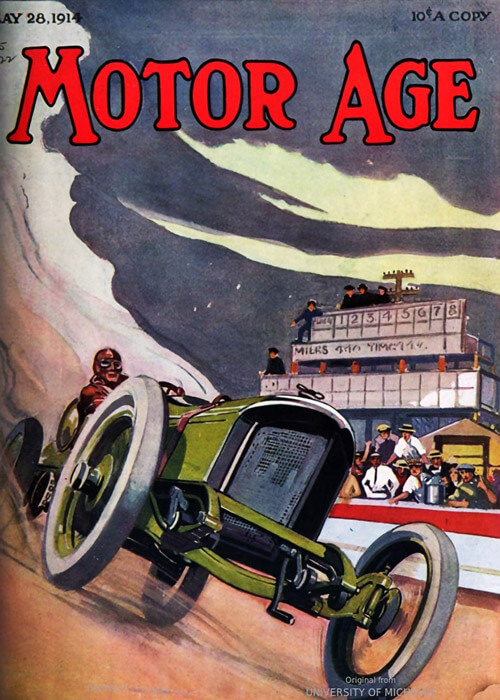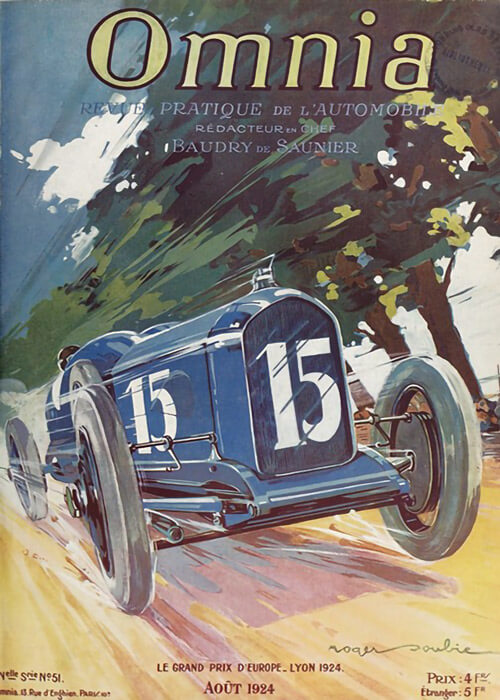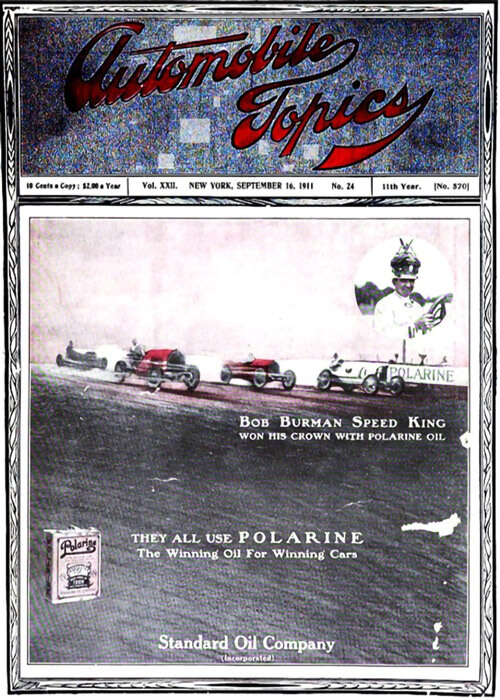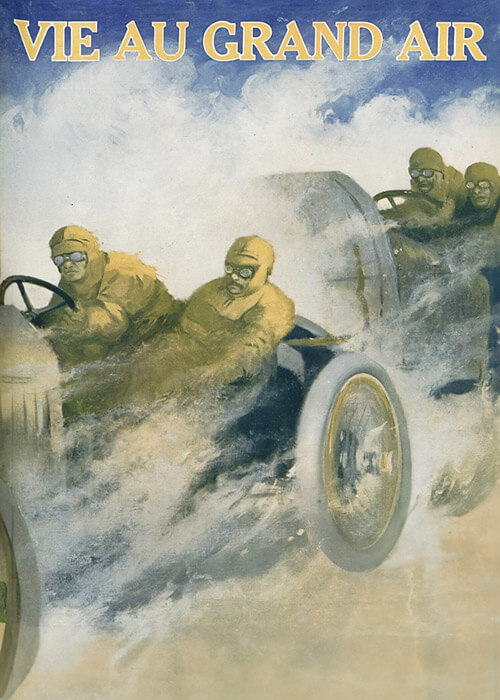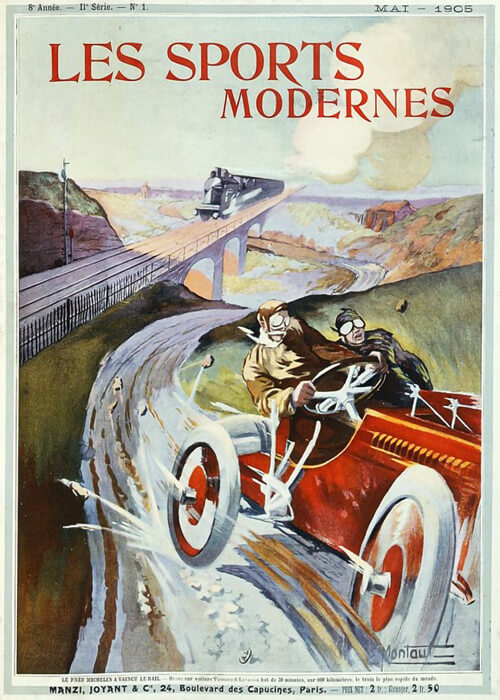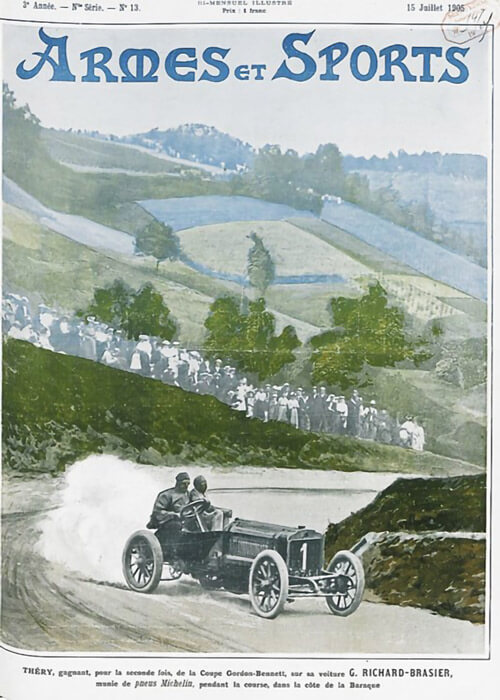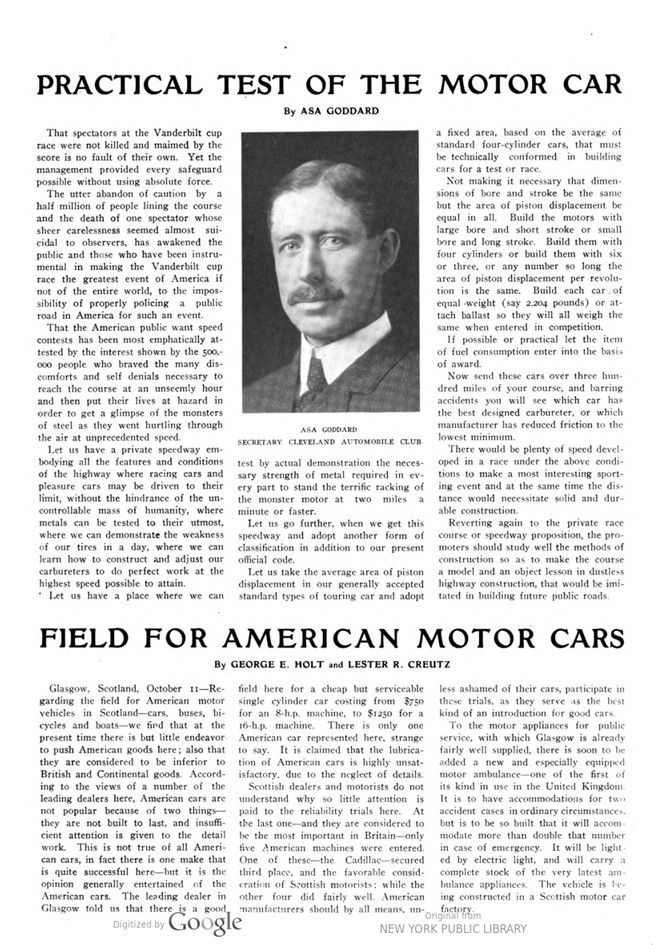
A view on motor car testing by Asa Goddard, secretary of the Cleveland Automobile Club; directly after the 1906 Vanderbilt Cup race. Here, he articulates the need for a speedway.
Text and jpegs by courtesy of hathitrust.org www.hathitrust.org, compiled by motorracinghistory.com
THE MOTOR WAY Vol. XV, No. 16, October 18 1906, page 12
PRACTICAL TEST OF THE MOTOR CAR
By Asa Goddard
That spectators at the Vanderbilt cup race were not killed and maimed by the score is no fault of their own. Yet the management provided every safeguard possible without using absolute force.
The utter abandon of caution by half million of people lining the course and the death of one spectator whose sheer carelessness seemed almost suicidal to observers, has awakened the public and those who have been instrumental in making the Vanderbilt cup race the greatest event of America if not of the entire world, to the impossibility of properly policing a public road in America for such an event.
That the American public want speed contests has been most emphatically attested by the interest shown by the 500,000 people who braved the many discomforts and self denials necessary to reach the course at an unseemly hour and then put their lives at hazard in order to get a glimpse of the monsters of steel as they went hurtling through the air at unprecedented speed.
Let us have a private speedway embodying all the features and conditions of the highway where racing cars and pleasure cars may be driven to their limit, without the hindrance of the uncontrollable mass of humanity, where metals can be tested to their utmost, where we can demonstrate the weakness of our tires in a day, where we can learn how to construct and adjust our carbureters to do perfect work at the highest speed possible to attain.
Let us have a place where we can test by actual demonstration the necessary strength of metal required in every part to stand the terrific racking of the monster motor at two miles a minute or faster.
Let us go further, when we get this speedway and adopt another form of classification in addition to our present official code.
Let us take the average area of piston displacement in our generally accepted standard types of touring car and adopt a fixed area, based on the average of standard four-cylinder cars, that must be technically conformed in building cars for a test or race.
Not making it necessary that dimensions of bore and stroke be the same but the area of piston displacement be equal in all. Build the motors with large bore and short stroke or small bore and long stroke. Build them with four cylinders or build them with six or three, or any number so long the area of piston displacement per revolution is the same. Build each car of equal weight (say 2,204 pounds) or attach ballast so they will all weigh the same when entered in competition.
If possible or practical let the item of fuel consumption enter into the basis of award. Now send these cars over three hundred miles of your course, and barring accidents you will see which car has the best designed carbureter, or which manufacturer has reduced friction to the lowest minimum.
There would be plenty of speed developed in a race under the above conditions to make a most interesting sporting event and at the same time the distance would necessitate solid and durable construction.
Reverting again to the private race course or speedway proposition, the promoters should study well the methods of construction so as to make the course a model and an object lesson in dustless highway construction, that would be imitated in building future public roads.
